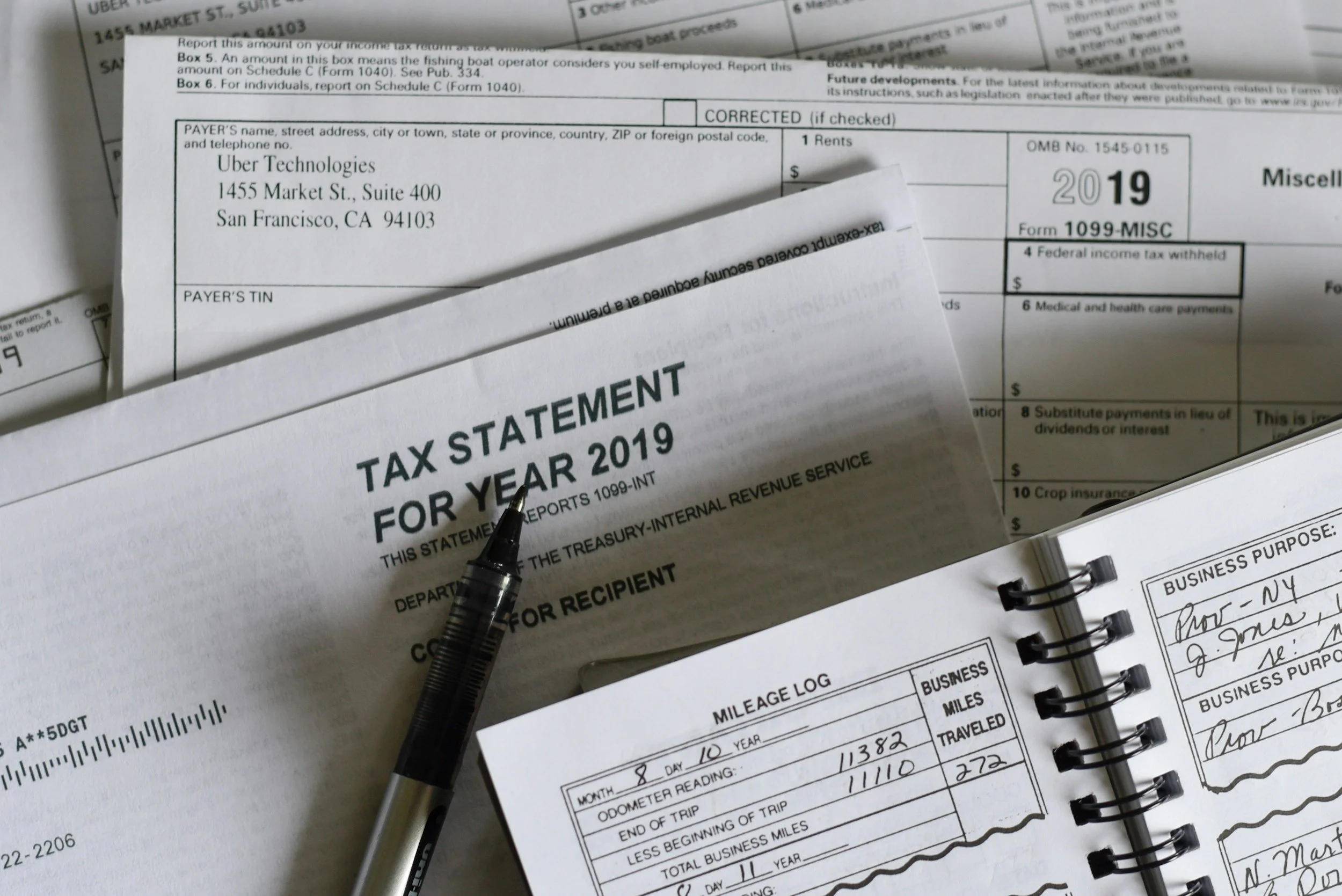Cost Segre-What? Unlocking Hidden Tax Cash Flow
A powerful IRS-compliant strategy can generate great tax savings even in the first year of property ownership.
For real estate investors, maximizing cash flow is the ultimate goal. While you focus on rental income and appreciation, a powerful wealth-building tool is often hidden in plain sight, embedded in the very walls of your property. This tool, known as cost segregation, allows you to accelerate depreciation deductions, dramatically reducing your current tax liability and freeing up capital for your next investment.
The recent passage of the "One Big Beautiful Bill" (OBBB) in July 2025 has made this strategy more valuable than ever by permanently restoring 100% bonus depreciation. This change transforms cost segregation from a simple timing difference into a massive opportunity for upfront tax savings.
This guide will break down what cost segregation is, how it works with the new 2025 rules, and why it's a legitimate, IRS-recognized strategy that should be a part of every serious investor's toolkit.
What Is Cost Segregation? The Investor's Tax Acceleration Engine
At its core, cost segregation is an engineering-based tax study that deconstructs your property into its individual components. Instead of treating a building as a single asset depreciated over 27.5 years (residential) or 39 years (commercial), it identifies parts that can be depreciated over much shorter periods -5, 7, or 15 years. Think of it this way: if you bought a laptop for your business, you wouldn't depreciate it over 39 years. You'd write it off over 5. A cost segregation study applies the same logic to elements within your building, such as:
5-Year Property: Appliances, furniture, specialized lighting, and certain electrical components dedicated to equipment.
7-Year Property: Furniture and fixtures not covered in the 5-year category.
15-Year Property: Land improvements like sidewalks, parking lots, fencing, and landscaping.
This reclassification accelerates your depreciation deductions, significantly reducing your taxable income in the critical early years of owning a property.
The Proof Is in the Numbers
The Tax Cuts and Jobs Act (TCJA) of 2017 began phasing out bonus depreciation. Without new legislation, it would have dropped to a mere 40% in 2025. The OBBB Act has completely reversed this decline with the return of 100% Bonus Depreciation. This change is monumental. It means that for properties placed in service after January 19, 2025, every dollar reclassified into a 5-, 7-, or 15-year category through a cost segregation study can be 100% written off in the first year. This creates unprecedented upfront tax deductions that directly improve your cash flow.
Consider an investor who purchases a $4 million warehouse in late 2025.
Without a cost segregation study: The property is depreciated straight-line over 39 years. The first-year deduction is approximately $102,500.
With a cost segregation study: The study identifies that 20% of the building's value ($800,000) qualifies as 5- and 15-year property (e.g., lighting, flooring, land improvements).
Thanks to the new 100% bonus depreciation rules, the entire $800,000 can be deducted in the first year. This is in addition to the first year of depreciation on the remaining building value. The result? A first-year deduction that is hundreds of thousands of dollars larger, leading to substantial tax savings and immediate reinvestable cash.
⚠️ Key Considerations for Investors
Cost segregation is a powerful tool, but it's most effective when used strategically.
Depreciation Recapture: Upon sale, accelerated depreciation deductions are subject to recapture at a maximum rate of 25%. However, strategic planning, such as a subsequent 1031 exchange, can defer this tax.
Professional Expertise is a Must: A quality study is not a DIY project. It requires a team of tax advisors and engineers to ensure it withstands IRS scrutiny. Look for providers with Certified Cost Segregation Professionals (CCSPs) on staff.
It's Not Just for New Buildings: You can conduct a "look-back" study on a property you've owned for years without amending past returns. You claim the missed deductions in the current tax year using IRS Form 3115.
How to Get Started
Evaluate Your Portfolio: Identify properties acquired, built, or remodeled after January 19, 2025. These are prime candidates under the new law.
Consult a Specialist: Engage a reputable firm that specializes in cost segregation. Ask about their credentials (e.g., CCSP certifications), audit defense support, and experience with properties like yours.
Commission a Study: The provider will perform a detailed analysis of your property's costs, often using blueprints, cost records, and a site inspection.
Implement the Findings: Work with your CPA to apply the study results to your tax return, leveraging the massive deductions now available.
The hidden value in your real estate investment is no longer a secret. With the permanent reinstatement of 100% bonus depreciation, there has never been a better time to unlock the dormant cash flow within your properties. Cost segregation is the key that turns a standard depreciation schedule into a powerful, legal, and IRS-defined wealth acceleration strategy.
Disclaimer: This article is for informational purposes only and does not constitute tax or financial advice. Please consult with a qualified tax advisor or cost segregation specialist to determine the best strategy for your individual circumstances.



